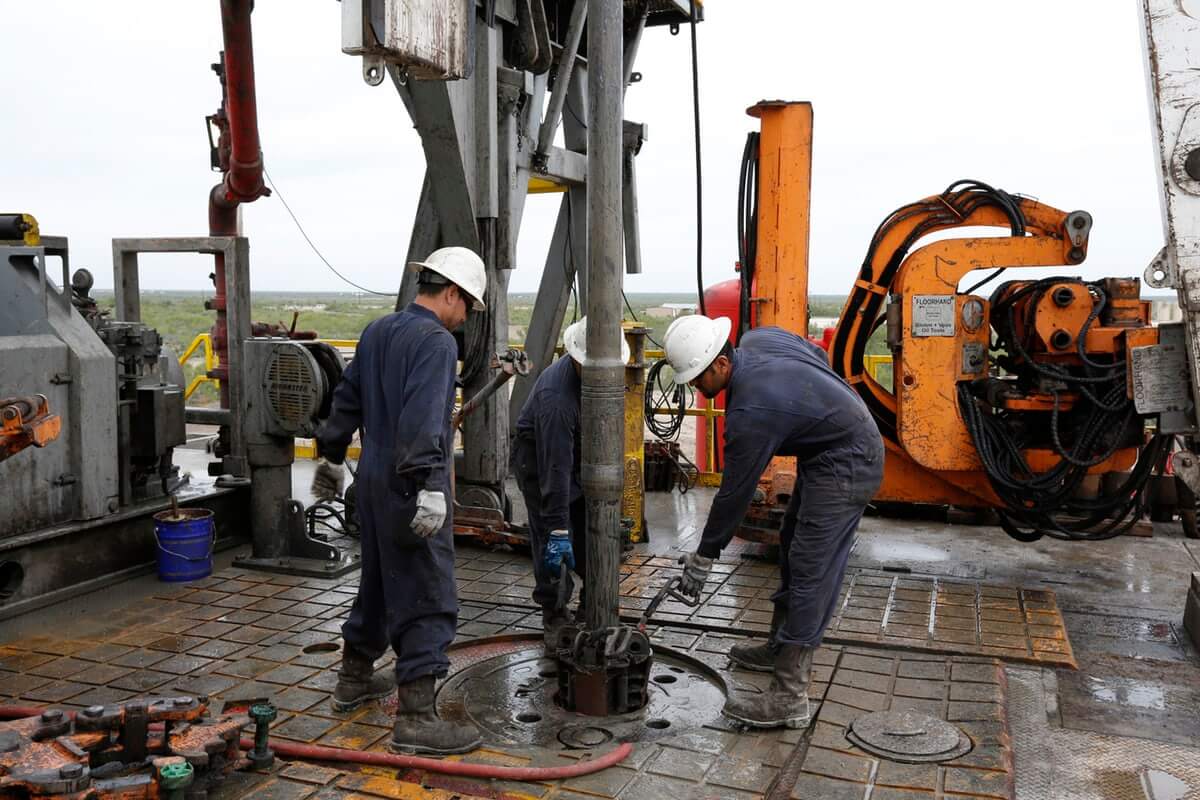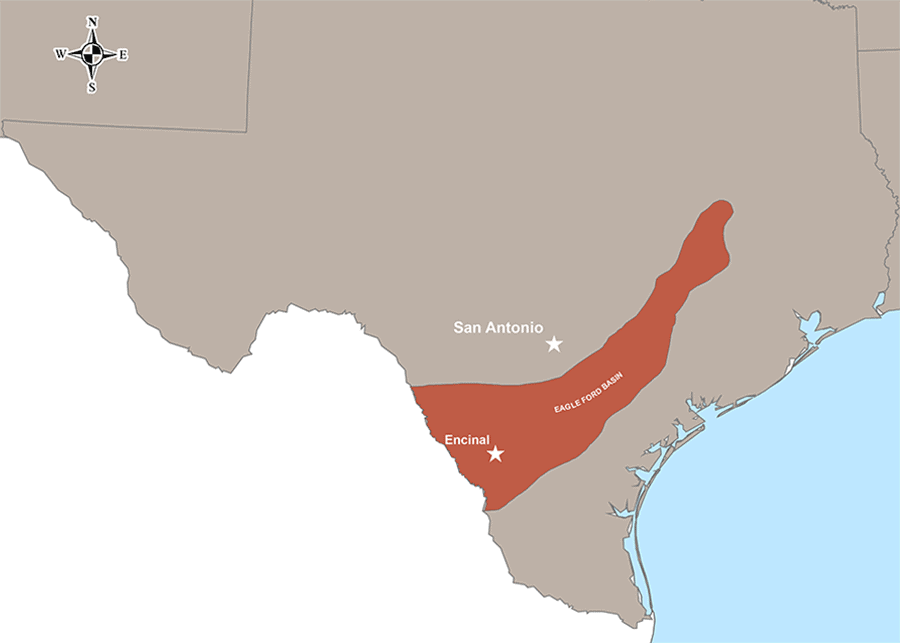Domestic Operations
south texas is lewis energy group country

Lewis Energy has been operating in South Texas in the area around Encinal for more than 40 years. Starting in the tight gas sands of the Olmos and Escondido formations, Lewis Energy has continued to grow its land and production base through the Eagle Ford boom beginning in 2008 and the Austin Chalk play that developed beginning in 2019. Lewis’ current footprint extends across large segments of Webb, La Salle, and Dimmitt Counties, in the gas and gas/condensate windows of the Eagle Ford and Austin Chalk plays. Lewis operates more than 2,500 wells and has thousands of locations left to drill in South Texas. In addition to upstream oil and gas, Lewis Energy has expanded its operations to include oilfield services and midstream gathering businesses. Our vertical integration model ensures that we always have the equipment and talent necessary to meet our goals, and we can control the cost and quality of the work.


Vital to the World's Energy Supply
The natural gas industry is a critical aspect of the U.S. economy. Available to all segments of the country, it is the cleanest, safest, and most useful of all energy resources. Natural gas not only provides valuable fuel to our economy; it is a vital component to the world’s energy supply.
Natural Gas is the Fuel of Choice, Throughout the World
After more than 150 years, the natural gas industry continues to grow. Deregulation and the demand for cleaner burning fuels have produced a tremendous world market for natural gas. The industry continues to create new technologies for recovering natural gas, as well as finding new way s for people to enjoy its advantages. Today, natural gas is clearly the world’s fuel of choice. More importantly, it is the future of clean energy here at home and around the world.
Where Natural Gas Originates
Like oil and coal, natural gas is a fossil fuel. All these fuels are, essentially, the remains of plants and animals and microorganisms that lived millions of years ago. Unlike other fossil fuels, however, natural gas is colorless, shapeless, and odorless in its pure form. More importantly, it is clean burning and emits lower levels of potentially harmful byproducts into the air.
The Beginning of the Natural Gas Industry
In 1821, the first well specifically intended to obtain natural gas was dug in Fredonia, New York. After noticing gas bubbles rising to the surface of a creek, William Hart dug a 27-foot well to achieve a larger flow of gas to the surface. Thus, Hart is regarded by many as the ‘father of natural gas’ in America. In 1859, in Pennsylvania, Colonel Edwin Drake dug the first prototypical well. Drake hit oil and natural gas at 69 feet below the surface of the earth.
Where and How We Get Natural Gas
Natural gas is found in reservoirs beneath the earth. Using sophisticated technology , production companies, like Lewis Energy, search for evidence of these natural gas reservoirs. Wells are drilled to the identified reservoir, where the gas is extracted and then refined to remove impurities. The clean natural gas is then transmitted through a network of pipelines and delivered to its point of use.
Building a Natural Gas Infrastructure
Until the 1940s, there was no pipeline infrastructure, so natural gas was used almost exclusively as a source of light. After World War II, technological advances allowed for the construction of reliable pipelines. Once the transportation challenge was met, new uses for natural gas were discovered. These included home heating and appliance operations—not to mention the use of natural gas in manufacturing and processing plants. Today, natural gas has endless uses on many levels from home heating and appliance operations, to manufacturing and processing plants.
The Evolution of Natural Gas Technology
Like oil and coal, natural gas is a fossil fuel. All these fuels are essentially, the remains of plants and animals and microorganisms that lived millions of years ago. Unlike other fossil fuels, however, natural gas is colorless, shapeless, and odorless in its pure form. More importantly, it is clean burning and emits lower levels of potentially harmful byproducts into the air. Over the years, innovative technologies have made natural gas easier to locate and produce. At the same time, these new technologies have reduced the impact exploration and production have on the environment. Today, industry technology allows for more efficient natural gas recovery, cleaner operations and much smaller drilling footprints.
Natural Gas and the Environment
Natural gas is a vital source of energy for reducing pollution and maintaining a clean and healthy environment. It is a clean burning fuel, emitting fewer pollutants into the atmosphere.

Health and Safety
Our team has deep roots in South Texas and the communities we work in and is committed to protecting the health and safety of our team and our neighbors in everything we do.
